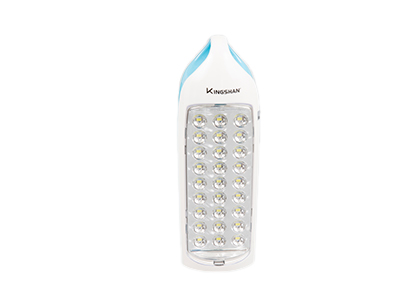

The wind-solar hybrid street lamp is a power generation […]
The wind-solar hybrid street lamp is a power generation lighting system that generates power from two power generation equipment, wind generator and solar cell array. Wind-solar hybrid street lights are the field of new energy utilization. This system effectively improves the situation of insufficient wind energy or insufficient conversion rate of solar panels, which leads to insufficient charging and cannot guarantee normal lighting.
Compared with traditional street lights, wind-solar hybrid street lights use renewable solar energy and wind energy in nature as energy sources, do not emit polluting gases into the atmosphere, and are more environmentally friendly, which not only achieves environmental protection, but also eliminates the cost of a large amount of later electricity expenses. Wind-solar hybrid street lamps, because each street lamp is a separate individual, does not need to lay cables, and does not require large quantities of electrical equipment, which saves manpower and money, and can avoid large-scale blackouts caused by faults such as power supply systems. However, in use, attention should be paid to the noise impact of wind power generation and timely maintenance.
The main factors affecting the strength of solar radiation are as follows:
1. Latitude position
At low latitudes, the sun’s altitude angle is large at noon, and the distance that solar radiation travels through the atmosphere is short, and the amount of solar radiation that reaches the ground is less weakened by the atmosphere; otherwise, it is less.
2. Weather conditions
In clear weather, due to the small and thin cloud layer, the weakening effect of the atmosphere on solar radiation is weak, and the solar radiation reaching the ground is strong; in rainy weather, due to the thick and large cloud layer, the weakening effect of the atmosphere on solar radiation is strong, and the sun reaching the ground The radiation is weak. For example, the equatorial area is controlled by the equatorial low pressure zone, and there is more convective rain, while the subtropical area is controlled by the subtropical high, and the weather is mostly sunny. Therefore, the solar radiation in the equatorial area is weaker than that in the subtropical area.
3. Altitude
At high altitudes, the air is thin, and the weakening effect of the atmosphere on solar radiation is weak, and the solar radiation reaching the ground is strong; otherwise, it is weak. For example, the Qinghai-Tibet Plateau is the region with the strongest solar radiation in China, which is why.
4. Length of sunshine
Long sunshine time, strong solar radiation; short sunshine time, weak solar radiation. For example, the summer in my country generally has high temperatures between the north and the south, and the temperature difference is not large. This is because the higher the latitude, the longer the daytime, which makes up for the energy loss due to the low solar altitude.
5. Other
(1) The transparency of the atmosphere: If there is a lot of dust in the air, the solar radiation intensity is weak.
terrain:
(2) Slope: sunny slopes get more; shady slopes get less. The leeward slope may get more solar radiation due to less precipitation, and the windward slope may get less solar radiation due to more precipitation.
